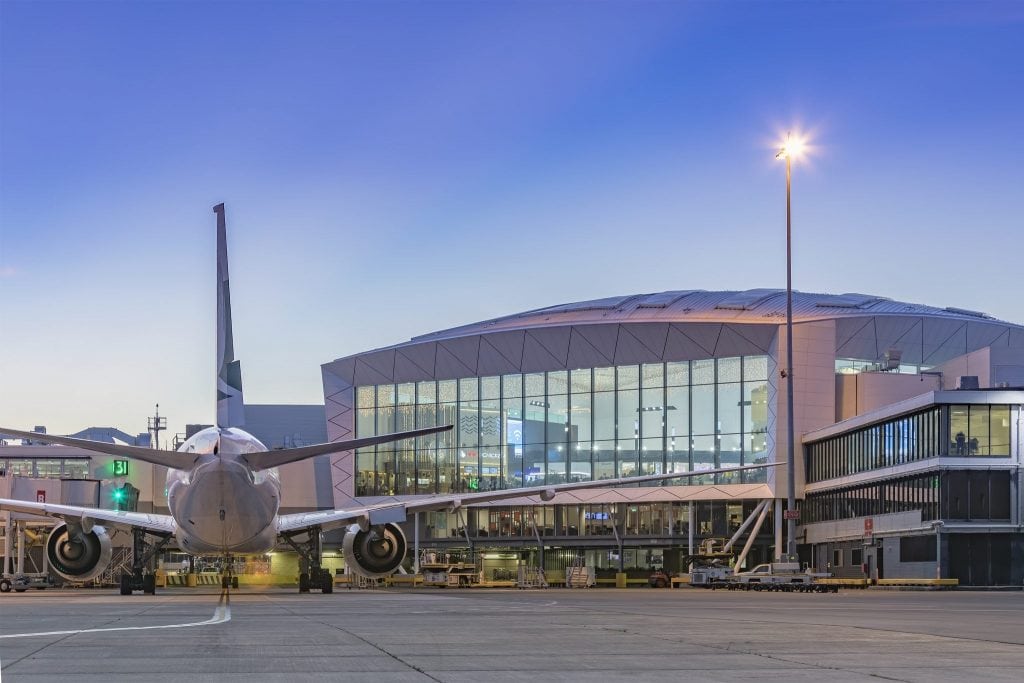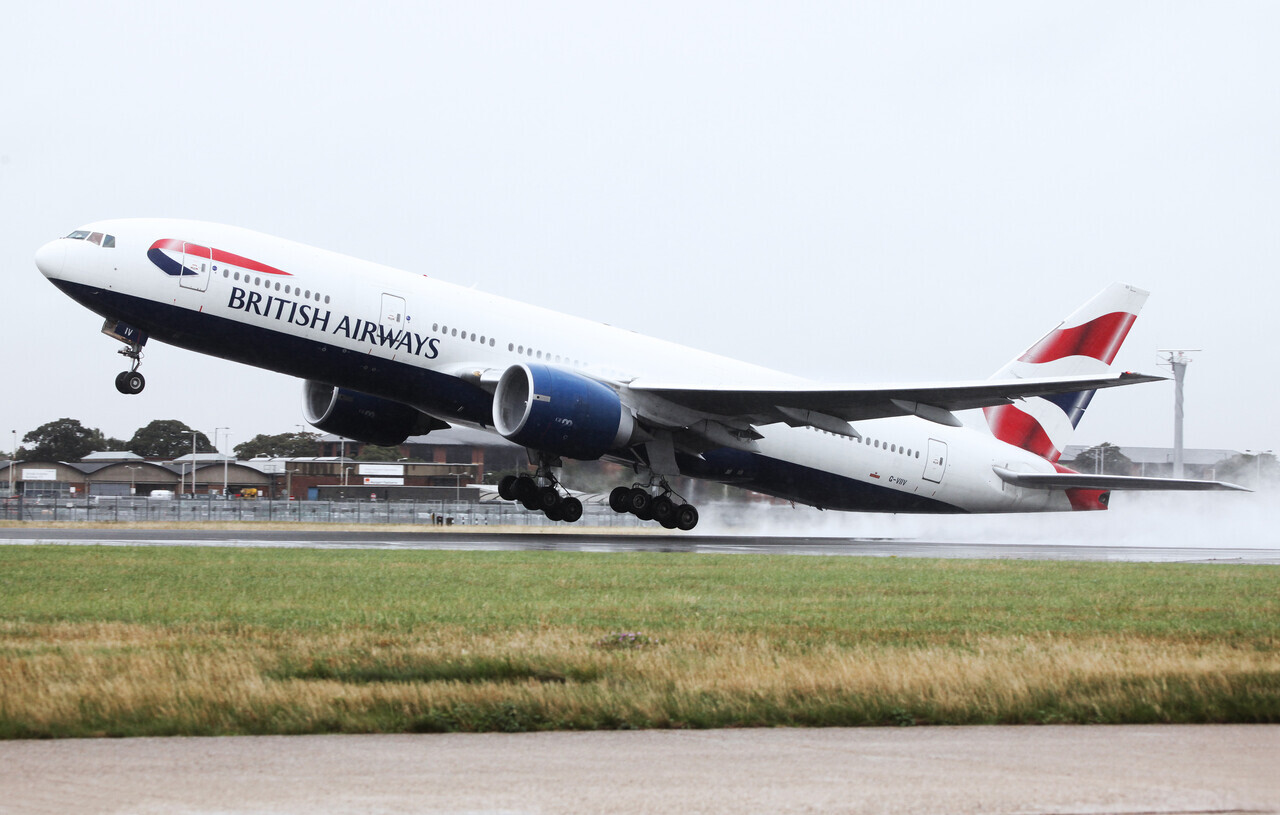What's Behind the Face-Off Between Airports and Airlines in Australia

Skift Take
Tensions are rising between Australia’s airlines and the country’s successful airports, which are being accused of abusing their monopoly status.
The latest salvo comes from Airlines for Australia and New Zealand (A4ANZ), an industry group established in 2017 to represent carriers based in Australia and New Zealand.
The lobby group has called for government protection against “Australian and New Zealand airports … exercising market power; to the detriment of airlines, the broader aviation sector, consumers, and the economy.”
Specifically, A4ANZ is calling for a regulatory and pricing environment that “encourages competition and innovation, (and) more accurately reflects cost inputs and a reasonable and fair return on assets.”
The airlines, including Qantas, Virgin Australia and Air New Zealand, regularly argue that they are overcharged by the airports, most of which are monopoly operators in their cities. And the airports are easy targets, after reporting growing profits while airfares have been falling.
In its efforts to enlist public support for the campaign to regulate the airports, A4ANZ is painting a picture of enormously successful airports profiting from all its customers – airlines, car services, taxi operators and travelers. It cited Australia’s Competition and Consumer Commission (ACCC) findings that the four major airports (Sydney, Melbourne, Brisbane and Perth) made a combined $539.2 million (A$757.6 million) in operating profits from aeronautical activities in 2016–17, up 9.9 percent from the year before. Sydney Airport grew its aeronautical operating profit by 7.1 percent to $257 million (A$360.8 million), nearly twice that of the next highest airport.
A4ANZ further argued that the airports are now collecting over 25 percent more revenue from every passenger than they were 10 years ago, on top of which total passenger numbers have also increased by nearly 20 percent, delivering an even bigger revenue boost for airports.
While the airlines may have cause to complain, passengers should be feeling even more hard-done-by, with profit margins for car parking ranging from 52.4 percent for Perth Airport to 71.9 percent for Sydney Airport in 2016–17. In the case of Sydney, that was down slightly from the previous year, but still an impressive $70 million (A$97.0 million) in profits. By comparison, Virgin Australia posted a loss of $485 million (A$681 million) over the same period.
International comparisons are difficult because of Australia’s relatively small population, large land mass, and distance from its closest neighbor, But independent analysis undertaken by Frontier Economics found that earnings at Australian and New Zealand airports (between 67 and 82 percent) are significantly higher than those of other airports around the world operating in competitive markets or with greater regulation, in some cases, more than double.
Hong Kong, with a profit margin of 79 percent, was the only international airport to rival Australia’s big four and Auckland airport. Amsterdam’s Schiphol, London’s Gatwick, Dublin and Vienna were all below 45 percent.
Airport Deny Making Excessive Profits
Of course, the airports are not taking the criticism – and calls for regulation - lying down. The Australian Airports Association (AAA), which represents the interests of over 340 airports and aerodromes across Australia, has hit back, claiming its members have invested heavily in aeronautical improvements, supporting passenger growth and increased competition.
In its submission to the Productivity Commission, the Australian Government's principal review and advisory body on microeconomic policy, regulation and social and environmental issues, the AAA refuted “the falsehood peddled by A4ANZ that airports are abusing their market power to the detriment of consumers.”
Research commissioned for the AAA’s submission shows Australia’s major airports rate well against their global peers and have reduced their rates of return on aeronautical assets since the last Productivity Commission review.
The group also pointed out that Australia’s major airports plan to invest a further $14.7 billion (A$20.6 billion) in the next 10 years, including $10.75 billion (A$15.1 billion) on aeronautical improvements.
“This investment had supported a fall in real international airfares by 40 percent since 2006 whilst passengers have more choice than ever before,” it argued.
The AAA has claimed that airport charges account for only eight to 10 percent of ticket prices – a long way off the 40 percent-plus example cited by A4ANZ chairman Graeme Samuel in a recent TV interview.
Also countering the push for more regulation is Airports Council International (ACI), the global trade association of the world’s airports, with 641 members operating 1,953 airports in 176 countries.
Its submission to the Productivity Commission argued that the airport industry in Australia is characterized by market dynamics and competition among the largest airports as well as significant airline buyer power and “does not have the structure of a near monopoly”.
Further, ACI argued that Australian airlines, especially Qantas Group and Virgin Australia, have significant market power “that fully offsets or countervails any market power the airport might enjoy.”
Clearly, both sides can’t be right. Leading Australian aviation economist Tony Webber, CEO at Airline Intelligence and Research told Skift: “For the major airports with diverse international networks, the bargaining power of Qantas and Virgin Australia is negligible.”
Webber said airports can exercise their market power in various ways, not just price. He noted their ability to transfer risk: “During the GFC, there was hardly a drop in airport revenue at the majors, but there was a large drop in airline profit and revenue, largely because the airports could preserve their high prices during the periods of weak demand and airlines kept capacity up. And they kept capacity up, in part, because they didn’t want to lose their landing slots at the major airports.”
But it’s not black and white. Webber noted that while the airports were making healthy profits, they are also investing heavily in infrastructure which will benefit the entire tourism sector. “Sydney International is definitely spending significant CAPEX on terminal upgrade, and Melbourne has pumped a lot of money into the domestic terminals used by the LCCs,” he noted.
Australian regulators face tough decisions as they respond to the calls for more airport regulation. On the one hand, they want to avoid a heavy-handed approach which might force airport owners to reconsider their future investments. But at the same time, they don’t want to alienate the two airlines which compete on domestic routes, but more importantly, link Australia to the lucrative international tourism market it wants to attract. And, at the same time, it wants to assure Australians that they are not being ripped off.





